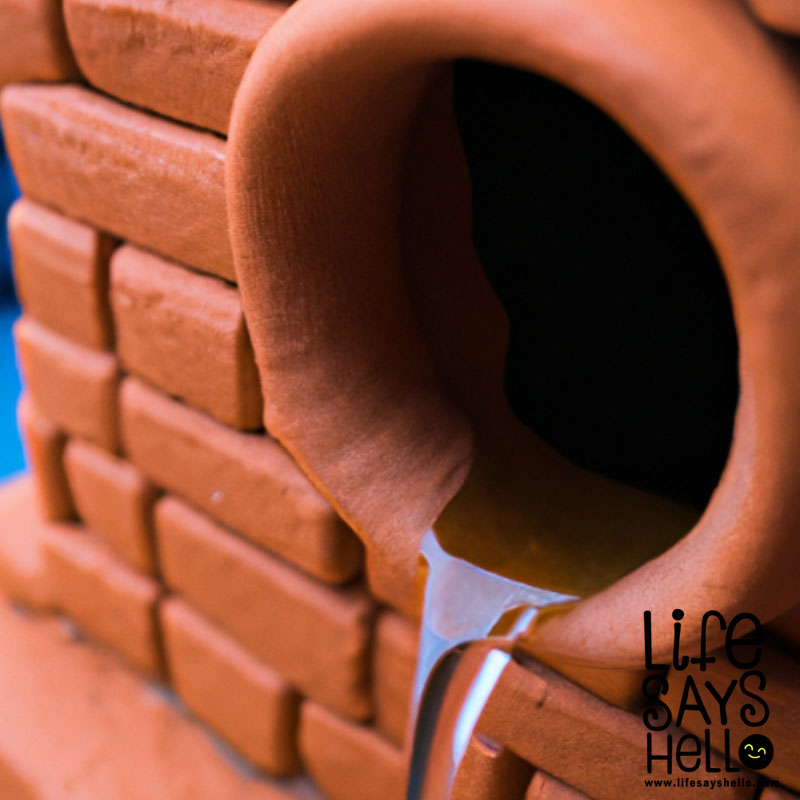How Fast Does Well Water Actually Replenish? The Truth Behind Refill Rates

When your well runs dry, how long will it take to fill back up? Many people assume well water replenishes at an average rate of 5 gallons per minute. But in reality, refill rates vary widely depending on the well’s depth, type, location, geology, age, and other factors. Keep reading to learn the truth about how long it really takes for wells to refill.
Introduction
If you rely on well water for your home, business, or farm, having the pump suddenly sputter and the water pressure drop is never a welcome occurrence. But it’s a common problem for many well owners at one time or another.
The good news is that wells don’t stay dry forever. Over time, water from the surrounding aquifer will flow back into the well bore and restore your water supply. However, the speed at which this replenishment occurs can range from as little as 24 hours to as long as several weeks.
While 5 gallons per minute is often cited as the average refill rate, the actual rate for your specific well depends on a number of variables. Read on to learn about the different factors that impact replenishment times.
What Affects How Quickly Well Water Replenishes?
Many characteristics of the well itself and the surrounding environment influence the rate at which water refills an empty well bore. These include:
Depth of the Well
Not surprisingly, the deeper the well, the longer it takes for water to seep in from the surrounding rock or soil. A shallow well under 50 feet deep may refill completely overnight, while a several-hundred-foot well could take weeks to recharge.
Type of Well
Some types of wells are designed to replenish water more rapidly. For example, gravel wells recharge the fastest because water can flow easily between the loose gravel fill material. Similarly, wells located very close to streams often refill quickly by drawing from surface water.
Conversely, bedrock wells take longer to recharge since they rely solely on water permeating through solid rock. And wells that are cased for their entire depth with steel or PVC allow less water infiltration than open boreholes.
Location and Geology
The location of your well and the type of rock, soil, and sediment in the area also impact recharge rates. Wells situated in valleys or near lakes or rivers usually refill faster since they have more access to surface water and groundwater.
Areas with sandy or gravelly soil and fractured bedrock allow water to percolate more freely into the well. But wells drilled into solid, nonporous rock may hardly replenish at all between rainfalls or snowmelts.
Age of the Well
Over years of use, mineral deposits, biofilm buildup, and accumulated debris can clog up the lining of the well bore. This restricts water flow, slowing the replenishment rate in older wells.
Wells that haven’t been properly maintained and cleaned regularly tend to have slower recharge times. Proper well shocking or rehabilitation can help restore normal refill rates.
Aquifer Tapped
The replenishment rate depends on the level of the water table in the aquifer your well draws from. During periods of drought when the water table drops, recharge will be slower.
Certain confined aquifers also refill slowly because they lack much active recharge. Water in the aquifer is limited and mainly non-renewable.
Rainfall Frequency
Frequent rain or snowmelt provides active recharge, allowing wells to refill faster. But during dry spells, the replenishment rate slows down since the aquifer lacks as much fresh water input.
Wells in arid climates may rely almost entirely on rare heavy rainfalls to recharge fully. Even wells in wetter regions refill slower during the height of summer when precipitation is lower.
How Long Does It Take Different Well Types to Refill?
Now that you know the various factors impacting replenishment, you’re probably still wondering exactly how long it takes the average well to recharge. Here are some ballpark estimates for refill times based on the well type:
Gravel and Stream-Fed Wells
These wells replenish the quickest, often fully recharging in as little as 12 to 24 hours. That’s because the loose gravel and constant water flow from a stream allow them to capture water easily. Just a short time without pumping is sufficient for water levels to build back up.
Drilled Wells in Good Condition
For a typical 6-inch diameter, 200-foot-deep well that’s properly maintained, expect a refill rate around 5 gallons per minute. So a 600 gallon well would take approximately 2 hours to refill after being pumped dry.
Wells in Poor Condition
Older and damaged wells can have drastically slower recharge rates. A well that hasn’t been cleaned in over 10 years may take 10 times as long to refill compared to a well in good shape. Expect a 600 gallon well in poor condition to take 1-2 days to recharge fully.
Wells in Dry Areas
In arid climates or drought-prone regions, wells may only refill significantly after occasional heavy rains. Depending on rainfall frequency, these wells could take weeks or months to recharge between waterings.
For example, a cattle ranch in southern Texas relying on a deep well may have to carefully manage water use. Their well could take up to a month to fully recharge after being pumped dry. During drought, the aquifer lacks enough active recharge and the well may not refill at all until heavy rains finally arrive.
Similarly, wells in remote desert areas depend on rare floods to replenish their water supply. These wells may experience long periods of reduced productivity during dry spells when their water storage is not fully restored. Careful monitoring of static water levels is important to avoid pumping the well dry.
In areas prone to drought, it’s important to use water sparingly and maintain equipment to maximize productivity during the inevitable dry periods when replenishment grinds to a halt.
When to Be Concerned About Slow Replenishment Rates
If it seems to be taking longer than normal for your well to recharge after pumping, there could be an underlying issue. Here are some signs that your well may be refilling slower than it should:
The pump is engaging frequently, even when you’re not using much water. This indicates the well is struggling to rebuild water storage between uses.
Your water pressure and flow rate are consistently lower than normal. Limited water volume entering the well bore will lead to reduced output.
It now takes over 6 hours for your 600 gallon well to recharge after pumping it dry. Exceeding the expected 2 hour refill rate for a typical drilled well is a red flag.
Your well takes more than 24 hours to refill and you don’t have a deep or low-yield well. The delayed recharge time is likely abnormal.
The static water level in your well, measured before pumping, is dropping over weeks/months. This suggests a problem with the aquifer recharge itself.
There are a few steps you can take to troubleshoot lagging refill rates:
Check that your well cap and seal are intact, with no gaps allowing debris or insects inside. Address any damage.
Test your water periodically for bacterial contamination, which can clog wells over time. Shock your well if needed.
Make sure any water treatment equipment is maintained per instructions, so it’s not restricting flow.
Check the condition of your submersible pump and replace it if needed. Old pumps operate less efficiently.
Hire a qualified well company to assess the well yield and determine if rehabilitation is required.
If basic troubleshooting doesn’t resolve the issue, it’s best to call a professional well drilling contractor to inspect your well and determine the cause. Slow recharge paired with dropping water levels can indicate a serious problem like a failing pump, low-yielding aquifer, or structural damage to the well itself. Getting an expert assessment is crucial to properly diagnose and fix the problem.
The Complex Factors Behind Well Replenishment Rates
As you can see, the question “how fast does well water replenish?” has no one-size-fits-all answer. The refill rate for an individual well is a complex calculation based on the well’s design, condition, location, geology, and other environmental factors.
While we often rely on averages like 5 gallons per minute as a guideline, the true rate can be faster or slower. Shallow wells in ideal hydrogeological conditions can completely recharge overnight. But deep wells in dry regions may take weeks or months between usable refills.
By understanding the variables that affect replenishment time, you can set better expectations for your own well’s recharge rate after pumping. If your well seems to be refilling slower than it should, take proactive steps like maintenance and troubleshooting to maximize its productivity.
Conclusion
I hope this overview has helped shed light on the truth about how quickly well water replenishes. The most important takeaways are:
Many factors like well depth, age, and aquifer levels impact recharge rates.
Gravel and stream-fed wells refill fastest, potentially in less than 24 hours.
Well type, design, and condition drastically influence recharge time.
Wells in dry climates may rely on rare heavy rainfall to fully recharge.
Slow refill rates could indicate an underlying problem needing professional diagnosis.
Proper maintenance and troubleshooting can help optimize your well’s productivity.
Understanding the variables that affect your well can help you know what to expect for refill times after pumping. If your well seems to be recharging slower than normal, call in an expert to inspect and get it restored to full productivity.




Comments